| |
|
|

|

|
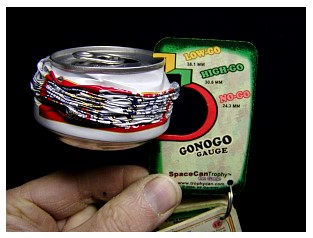 |
Good!! +2 Gold Zone LowGo Range Add +2 Point SCORE = SLC +2 Compression Qualified |
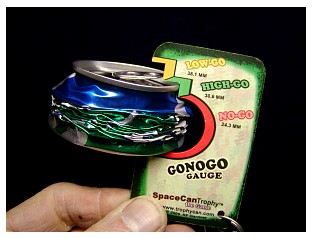 |
Better!! +3 Green Zone HighGo Range Add +3 Points SCORE = SLC +3 Compression Qualified |
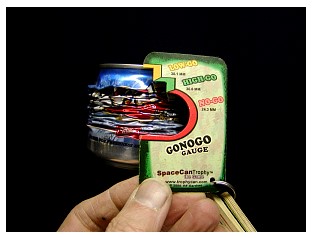 |
Good!! +1 High Stacking Stratification Green Zone Add +1 Point SCORE = SLC +1 Stack Qualified |
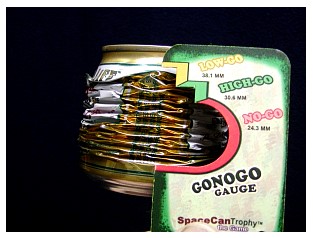 |
Better!! +2 High Stacking Stratification Gold Zone Add +2 Points SCORE = SLC +2 Stack Qualified |
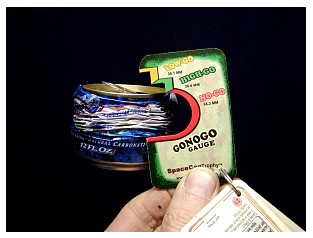 |
One Half Count!! Low Compression Foul with 5+ layers stratification SCORE = 1/2 SLC Disqualify |
Darrin Wins!! by Process of Elimination |
|
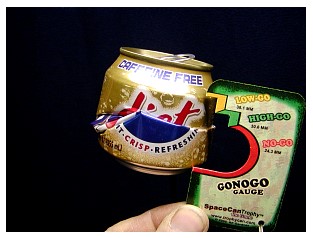 |
Foul Out Too Big!! Low Compression Foul Disqualify |
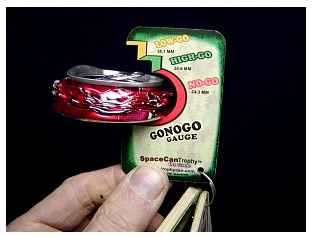 |
High Compression Overload Too Small!! The Worst Foul!! Disqualify |
For Total Score
Add the Compression Points to the Stratification Layer Count and
subtract penalty for
rim fouls, side fouls, or compression fouls.
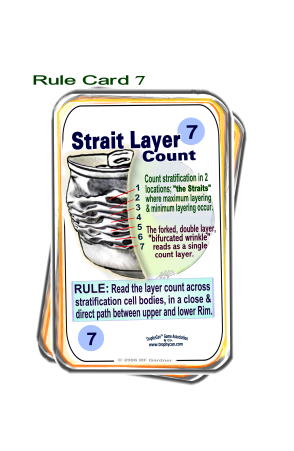
| STRAIT LAYER COUNT (SLC) |
| Count layers of stratification
along a vertical path. Readings produce score at 2 locations, "the
straits", where maximum layering and minimum layering occur.
The combined count is the sum of both readings.
Example: It is common for referees to set cutoffs based on a single strait layer count (either maximum or minimum). Example - "Contestants must demonstrate a minimum of 3 layers stratification in any one location." But in higher competitions both maximum and minimum layer counts are used: Advanced competitive format requires qualifying contestants to demonstrate at least 5 layers stratification in any one location with no portion of the stack falling below 3 layers stratification. |
| |
| |
|
|